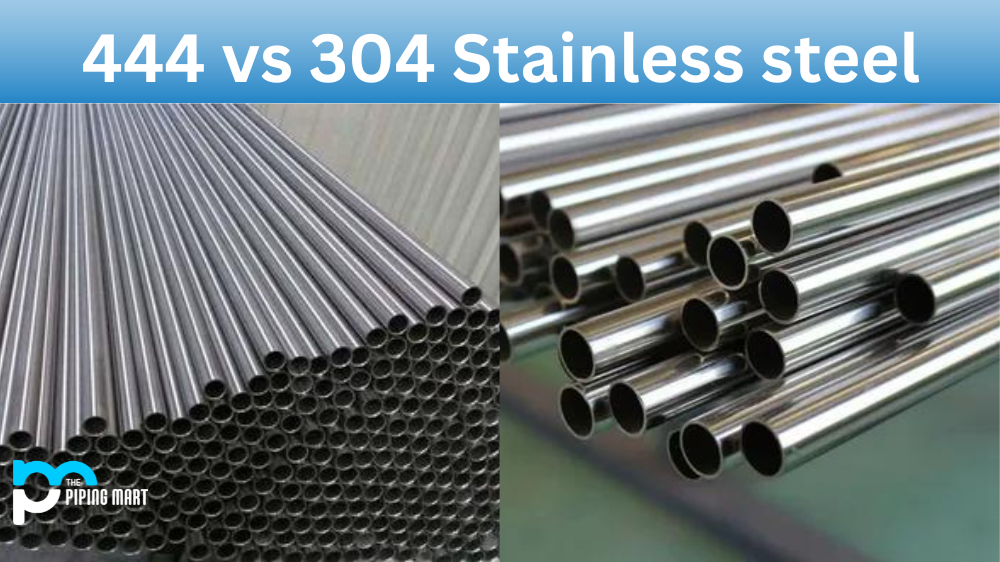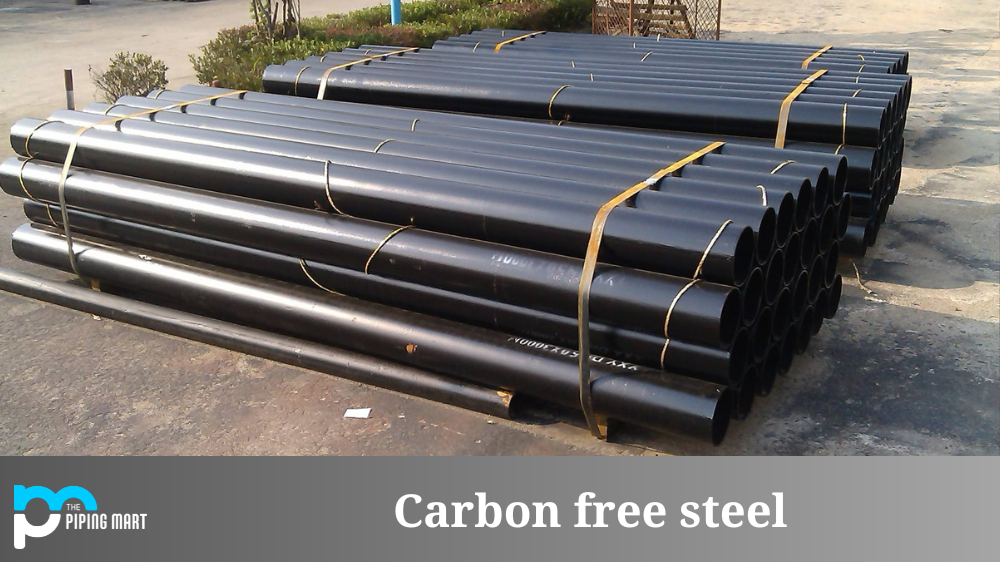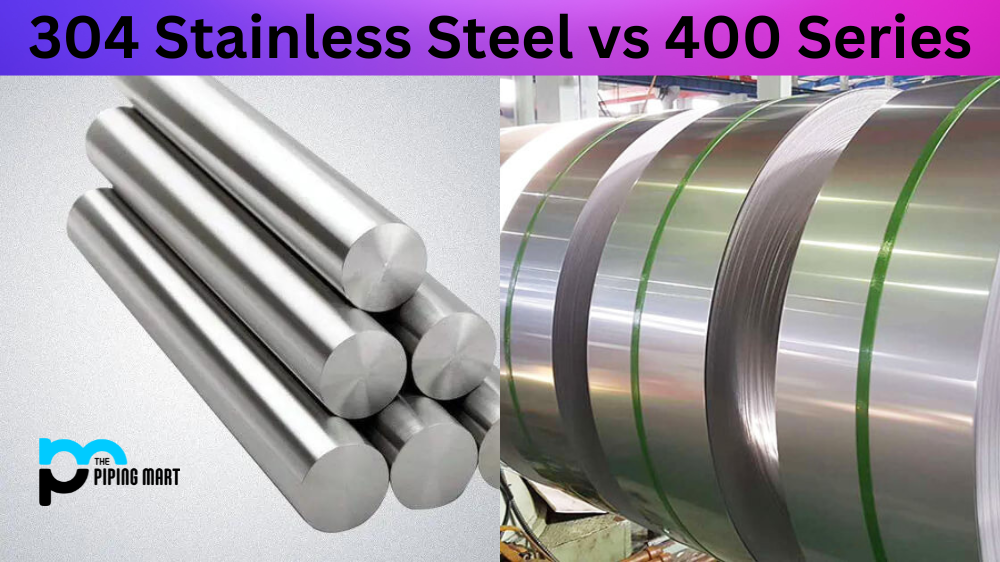Many stainless steel alloys are available on the market today, each with unique properties and characteristics. These alloys, 444 and 304 stainless steel are trendy for industrial applications. But what exactly sets them apart from one another? Let’s take a closer look at 444 vs 304 stainless steel so you can decide which alloy is right for your project.
444 Stainless Steel
444 stainless steel is part of the Ferritic family of stainless steels, meaning it contains relatively low levels of chromium—in this case, around 11-15%. This makes 444 stainless steel well-suited to certain types of applications requiring higher corrosion resistance than those offered by 304 or other austenitic grades. In addition to its corrosion resistance, 444 stainless steel is highly heat resistant, making it ideal for heat exchangers and other components exposed to high temperatures. It is also magnetic due to its ferrite content.
304 Stainless Steel
304 stainless steel is part of the Austenitic family of stainless steels; it contains around 18% chromium and 8% nickel by weight. This gives 304 stainless steel excellent corrosion resistance compared to other grades in the Ferritic family, such as 409 or 430. It is also very strong compared to other types of stainless steel and resistant to damage from mechanical impacts such as bending or denting. Additionally, 304 has good formability properties and low thermal expansion rates, making it easy to work with in many manufacturing processes.
Difference Between 444 and 304 Stainless Steel
Chemical Composition
The main difference between 444 and 304 stainless steel is the chemical composition. 444 stainless steel contains higher levels of chromium and molybdenum, while 304 stainless steel contains lower levels of these elements. As a result, 444 stainless steel is more corrosion-resistant than 304 stainless steel.
Tensile Strength
Another difference between 444 and 304 stainless steel is the tensile strength. The higher chromium and molybdenum content in 444 stainless steel gives it a higher tensile strength than 304 stainless steel. This means that 444 stainless steel can better resist being pulled or stretched without breaking.
Cost
One final difference between 444 and 304 stainless steel is the cost. Because of its higher corrosion resistance and tensile strength, 444 stainless steel is more expensive than 304 stainless steel. However, both types of stainless steel are relatively affordable compared to other metals such as titanium or nickel alloys.
Uses
444 and 304 stainless steels are widely used in various applications. Some common uses for each type of stainless steel include:
- 444 Stainless Steel: automotive exhaust systems, chemical processing equipment, food processing equipment, medical devices, marine applications
- 304 Stainless Steel: kitchen appliances, food processing equipment, architectural panels, chemical storage tanks
Conclusion:
When considering whether to use 444 or 304 stainless steel for your next project, it’s important to understand the differences between them in terms of their chemical composition and application suitability. While both alloys offer excellent corrosion and heat resistance, they have different strengths regarding other qualities such as formability, strength, magnetic properties, and cost-effectiveness. Understanding these differences between 444 and 304 stainless steel before you begin your project can ensure that you choose the most suitable option for your needs.

A passionate metal industry expert and blogger. With over 5 years of experience in the field, Palak brings a wealth of knowledge and insight to her writing. Whether discussing the latest trends in the metal industry or sharing tips, she is dedicated to helping others succeed in the metal industry.




